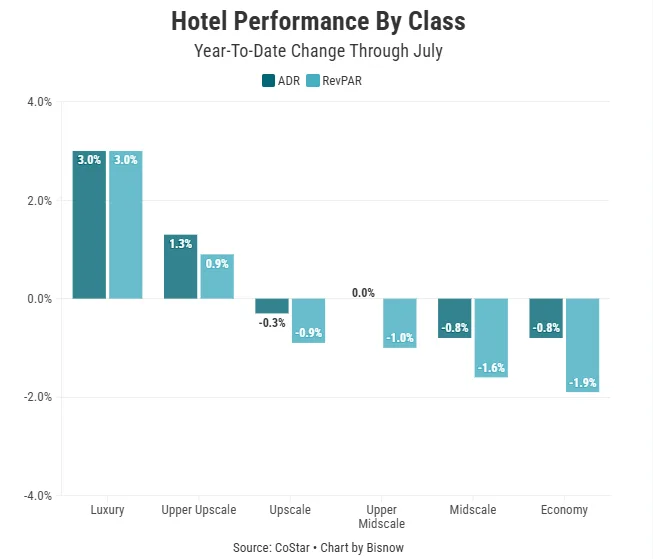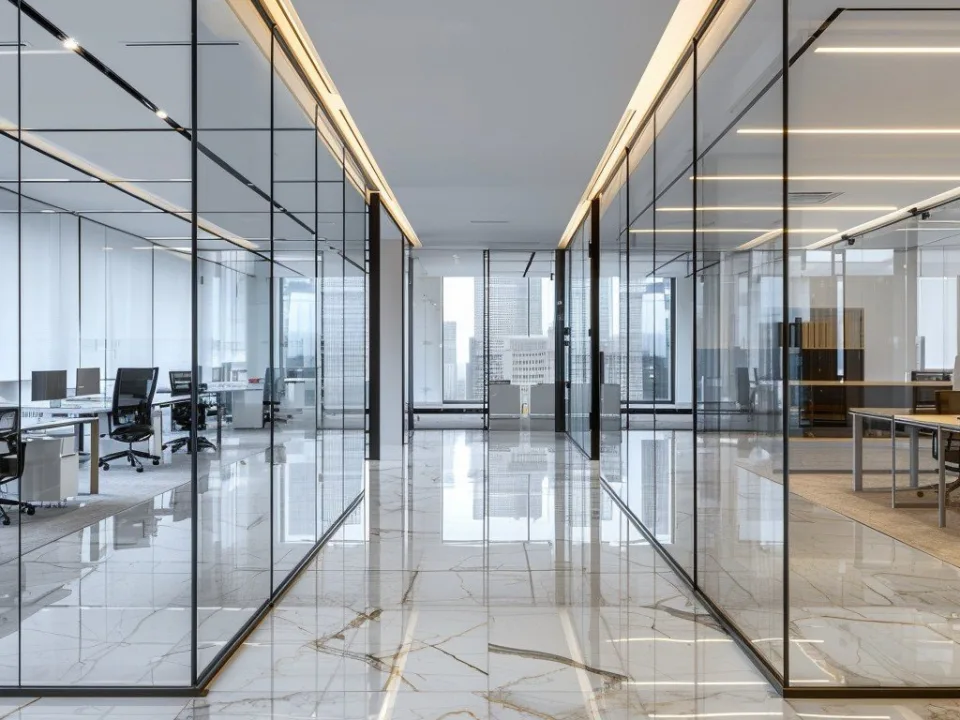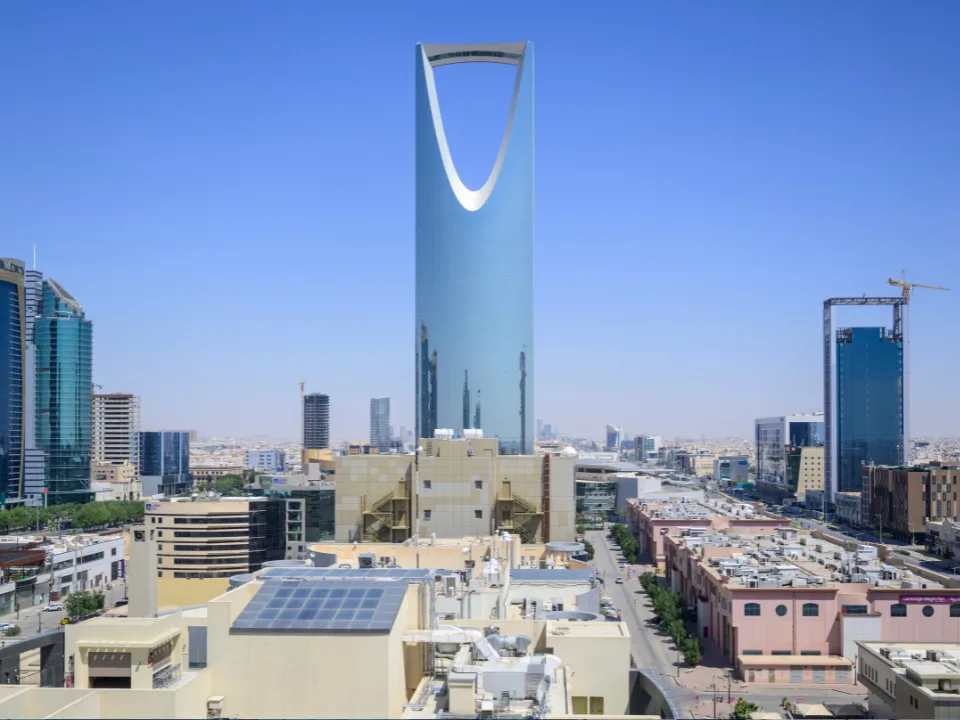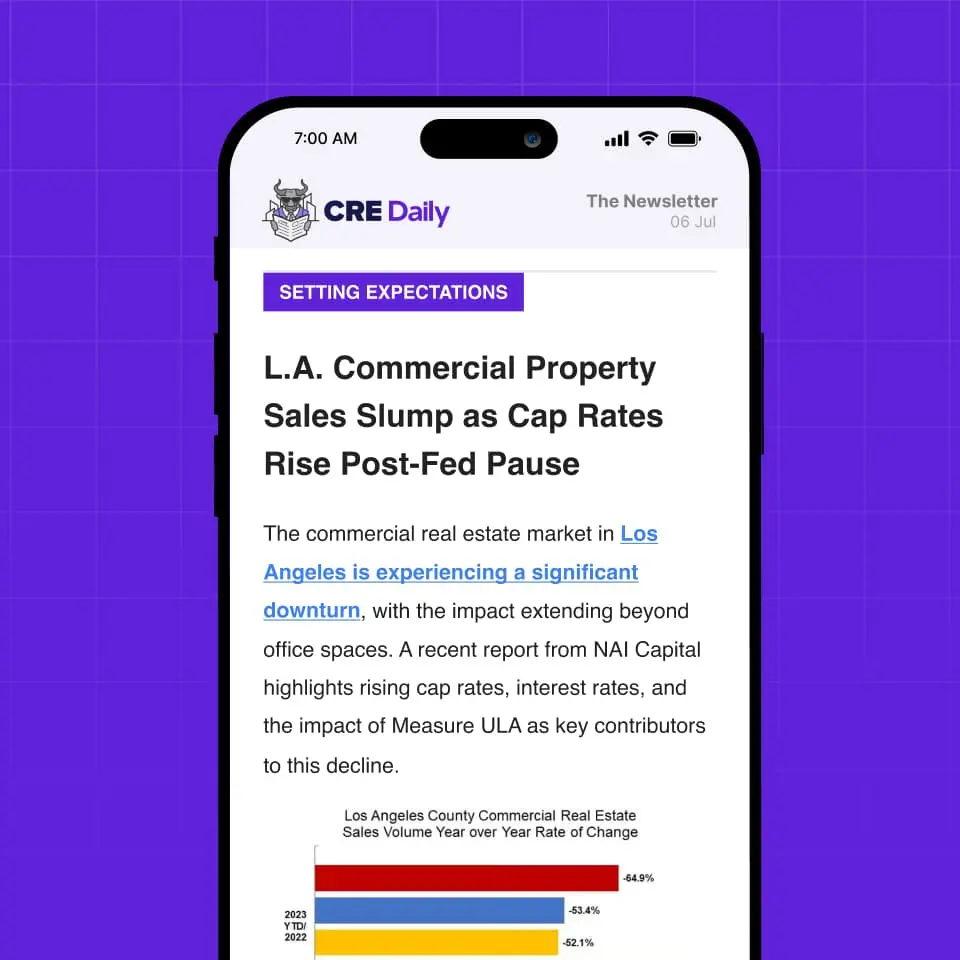- Luxury hotels are the only segment seeing strong growth in 2025, with ADR and RevPAR both up 3% year-to-date.
- Affluent travelers are increasing travel spending, with nearly 30% planning to spend over $50K on vacations this year.
- Budget and mid-tier hotels are underperforming, hit hard by inflation and weaker consumer demand.
- Investors are focusing on high-end assets, with record per-room prices despite lower overall transaction volume.
A Split In The Market
As inflation, tariffs, and job market uncertainty cool travel plans for many Americans, luxury travelers are still packing their bags. Analysts say the divide between upscale and budget travel is becoming more pronounced—and likely to grow, reports Bisnow.

“We’re seeing more of this bifurcation. The rich are getting richer… and people with means continue to travel in earnest,” said Daniel Lesser, CEO of LW Hospitality Advisors.
Luxury hotels are leading the pack in 2025, outperforming every other category in average daily rate (ADR) and revenue per available room (RevPAR). Upscale hotels just below luxury saw modest growth, while mid-range and economy hotels saw flat or negative returns.
Demand At The Top
According to CoStar data, luxury hotels posted a 3% rise in ADR and RevPAR through July. The upscale segment saw slight increases, while economy hotels posted a 0.8% decline in ADR and a 1.9% drop in RevPAR.
The biggest factor: high-net-worth travelers are still spending—just differently. Instead of luxury goods, many are prioritizing experiences like high-end travel.
“When they show up at our properties, we’re getting no rate resistance,” said Host Hotels & Resorts CEO Jim Risoleo, whose portfolio includes Ritz-Carlton and JW Marriott properties. A May report by Preferred Hotels & Resorts found that 55% of affluent travelers plan to spend more on travel this year. Nearly 30% of those surveyed are budgeting over $50K for vacations in 2025.
Get Smarter about what matters in CRE
Stay ahead of trends in commercial real estate with CRE Daily – the free newsletter delivering everything you need to start your day in just 5-minutes
Middle America Pulls Back
In contrast, a LendingTree survey found that more than half of US consumers are reducing the number of trips they take. Economy and mid-tier hotels are seeing the effects, with limited pricing power and falling RevPAR.
“The bifurcation has always been there. It’s just increasing in terms of the spread,” said PwC’s Jeanelle Johnson.
Investment Trends Reflect The Divide
Despite high interest rates, luxury deals are still closing—albeit at lower volumes. In May, the JW Marriott Phoenix Desert Ridge Resort sold for $865M. That equates to $910K per room. The Stanley Hotel in Colorado also changed hands, selling for $841K per key.
In total, buyers spent $25B on US hotel assets in the first half of 2025. Though volume was down 17% year-over-year, average price per key rose 2.5% to $241K, driven by 20 transactions over $1M per room.
Yet, only a small portion of sales—less than 25%—topped $200M, and portfolio trades hit near-record lows. “What’s really missing is the bigger single assets and M&A deals,” said JLL’s Daniel Peek.
REITs Under Pressure
Luxury hotel REITs are also navigating market mismatches. Though fundamentals are solid, their stock prices are lagging—trading at a 20% discount to net asset value, per JLL. That discount has prompted moves like Braemar Hotels & Resorts’ recent announcement to explore a sale of its 3,400-key luxury portfolio.
Outlook: A Turning Point Ahead?
With anticipated Fed rate cuts and new federal policy clarity from President Trump’s “One Big Beautiful Bill Act,” the second half of 2025 could bring more transaction activity. That could benefit the full hotel spectrum—especially if buyers see opportunity in beaten-down assets.
“The mid-market and lower-end market is not going away,” Lesser said. “It’s going through some pain… but at the right basis, everything makes sense.”
Bottom Line
As the travel economy splits along income lines, luxury hotels are proving resilient—and increasingly attractive to investors. Mid-tier and economy properties are feeling the pressure, but improving capital markets may offer relief heading into 2026.


















